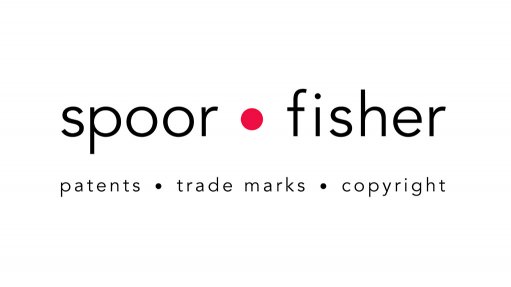
In an effort to enhance the public's awareness of the possible harmful effects of energy drinks, the government will be placing more stringent requirements on the manufacturers of these beverages when it comes to the labelling of their products.
The Minister of Health, Dr Aaron Motsoaledi, intends to amend the regulations relating to soft drinks, specifically those categorised as “formulated caffeinated beverage or cola beverage”, in terms of section 15(1) of the Foodstuffs, Cosmetics and Disinfectants Act of 1972.
“In line with international standards, government wants to ensure that consumers are protected and properly advised so they can make informed choices for themselves and their families when it comes to buying highly caffeinated soft drinks,” says Hugh Melamdowitz, partner at intellectual property (IP) specialist law firm Spoor & Fisher. “Without adequate and prominent labelling, consumers are less likely to understand whether they are getting a little or a lot of caffeine. The new regulations simply balance the interest of manufacturers and consumers.”
According to researchers from Johns Hopkins University in the US, energy drinks should bear labels stating their caffeine content and warning of their potential health problems. Although some contain moderate amounts of caffeine, others have very high caffeine content, ranging from 50 to 505 milligrams of caffeine per serving. The American Beverage Association has stated that energy drinks are safe and they can be part of a balanced lifestyle when consumed sensibly.
In terms of the new regulations, “formulated caffeinated beverage” means a “non-alcoholic, water-based, flavoured beverage which contains caffeine and may contain carbohydrates, amino acids, vitamins and other substances or ingredients, for the purpose of enhancing mental performance”.
Where these “energy drinks” contain more than 150mg/l of caffeine, the amended regulations require that these goods bear the following:
· A message on the main panel of the label, in bold capital letters not less than 3.0 mm in height: "HIGH CAFFEINE CONTENT”
· A clearly legible message in capital letters not less than 3.0 mm in height: "NOT RECOMMENDED FOR CHILDREN UNDER 12 YEARS OF AGE, PREGNANT WOMEN, PERSONS SENSITIVE TO CAFFEINE AND NOT TO BE CONSUMED AS A MIXTURE WITH ALCOHOL BEVERAGES"
· The label on the package will also need to include declarations on the quantity of caffeine per serving size and per 100ml, expressed in milligrams or "mg"
The public have until 13 August 2011 to comment on the draft amendment.
Contact:
Usman Aly, Predictive Communications, (011) 452-2923, usman@predictive.co.za
For Spoor & Fisher